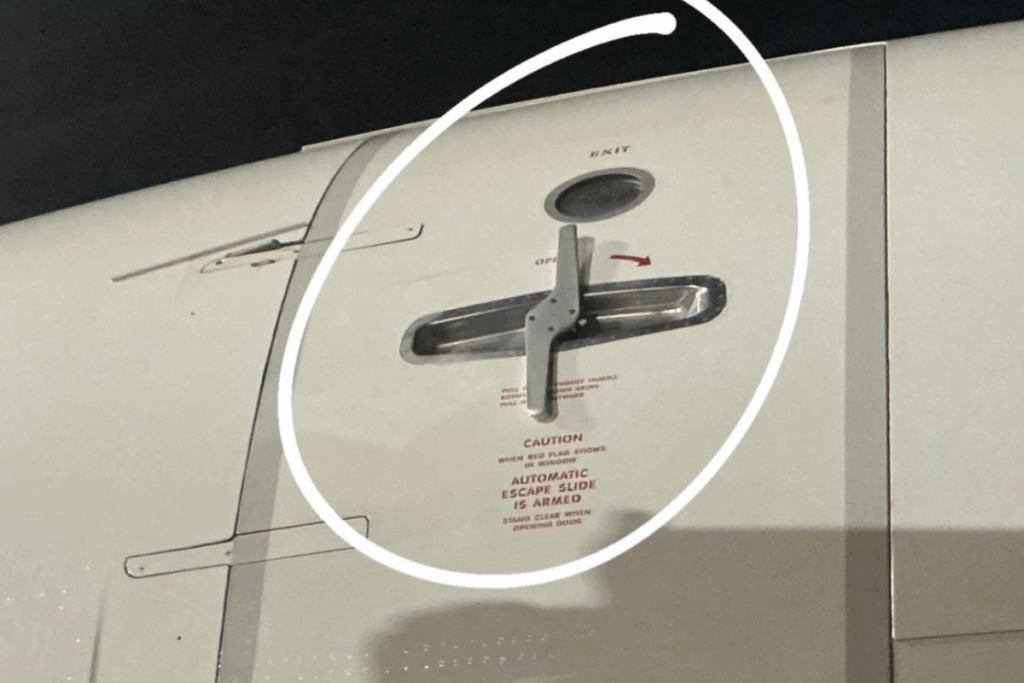
What Frequent Flyers Need to Know About Europe’s ETIAS
Introducing Europe’s ETIAS

I’ve read countless traveler stories about navigating entry requirements overseas, and one topic that’s been popping up lately is Europe’s new ETIAS. Its full name is the Electronic Travel Information and Authorization System, and starting in Q4 2026 or early 2027, visitors from 59 visa-exempt countries will need this approval for stays up to 90 days. According to a 2024 projection by the European Tourism Association, roughly 1.4 billion people worldwide might soon be affected.
Unlike a traditional visa, ETIAS involves an online application that collects data like your passport details and asks security questions. In my observation, the biggest surprise for many is the modest €7 fee, which is waived for travelers under 18 or over 70. Once approved, ETIAS remains valid for three years and attaches electronically to the passport used in the application. I’ve found that double-checking passport details before applying is crucial, since inaccuracies can cause delays at the border.
Another point to remember: if your passport expires, ETIAS doesn’t magically carry over. You’ll need to apply again with your new passport. For frequent flyers who hop around Europe, renewal timing can become a bit of a juggling act. Still, I believe ETIAS could streamline border crossings in the long run, reducing random delays that occasionally snarl arrivals at busy airports.
The EES Biometric System

Set to debut in October 2025, the Entry/Exit System (EES) will gather biometric data—like facial scans and fingerprints—from non-EU citizens. Given how many of us pivot between multiple airports in a single trip, I’ve noticed that border adjustments are among the most stressful aspects of international travel. A recent IATA summary from 2024 suggests that advanced biometric systems reduce queue times by 30%, saving travelers both time and frustration.
While EES is primarily about enhanced security and fraud prevention, I see a real potential upside for frequent flyers: streamlined arrivals and departures. When your details are already on file, you’ll likely clear checkpoints quicker, especially during peak travel seasons. To maintain transparency, though, it’s essential that travelers understand exactly what data is collected and how it’s stored. Ethical data management fosters trust, and I’ve read that EU authorities are taking steps to ensure the system aligns with privacy regulations.
For those of you not used to biometric checks, it’s a good idea to practice basic self-readiness. This could be anything from removing hats and glasses during face scans to arriving on time for any necessary fingerprint scans. My biggest tip? Patience becomes your friend. In the early months of any new technology rollout, travelers should anticipate slightly longer lines until everyone gets used to the procedure.
Who Must Apply for ETIAS?

Anyone from a visa-free country, including the United States, Canada, Australia, Singapore, and more, must apply for ETIAS once it’s mandatory. I’ve noticed that many travelers assume it’s only for specific passport holders, but if you enjoy visa-free entry to the Schengen Zone, you’ll soon need ETIAS. Officially, the U.S. date is set for 2026, while British visitors are looking at a later timeline—currently at least April 2027.
For extended stays beyond 90 days, such as work or study trips, ETIAS won’t apply. You’ll need a full visa in those scenarios, so plan accordingly. One traveler I learned about missed a semester abroad because they assumed ETIAS covered longer stays—never a fun way to discover the fine print. With any new process, reading the official EU guidelines is invaluable for avoiding last-minute surprises.
Because the travel world changes fast, it’s wise to follow updates from reputable organizations. The European Commission‘s official website remains a trusted source, and global travel forums often highlight real-world experiences. If you’re unsure about eligibility or timing, official announcements are your safest bet for clarity.
Key Dates to Remember

I’ve observed a fair amount of confusion around ETIAS launch dates, given the previously shifting timelines. The current plan is for the EES biometric system to go live in October 2025. After that, ETIAS will become mandatory at least six months later—meaning Q4 2026 or possibly early 2027. It’s one reason I always recommend watching announcements from EU authorities, because even minor changes can affect thousands of upcoming trips.
Mid-2025 had been an earlier estimate, but as with many large-scale initiatives, it’s not unusual to see delays. If you’re scheduling European ventures around the official rollout, keep an eye on the EU’s official communications. Reviewing airline advisories is also smart; major carriers often notify travelers directly about new entry requirements through their booking platforms.
What I’ve come to appreciate is the EU’s continuous effort to inform the public about these changes. Conferences, press releases, and open sessions aim to address travelers’ questions. By staying in the loop, you’ll have an easier time planning trips around evolving deadlines—and that’s especially helpful for those booking flights or hotels months in advance.
Top 3 Tips for a Smooth Application

1) Double-check passport validity: I’ve noticed more travelers discovering their passport is set to expire mid-trip. ETIAS will only be valid alongside the passport you list on the application, so ensure your passport has enough validity to cover your entire journey, plus a buffer of a few months, if possible.
2) Stick to official sources: According to industry data on cyber scams, unauthorized sites can charge excessive “processing fees” or harvest personal information. Only trust the official EU platform when applying, and if you’re unsure, cross-reference with reputable sites to verify you’re on the correct portal.
3) Research long-stay options early: If your trip may exceed 90 days, investigate the right visas well in advance. I came across a traveler who booked a six-month stint in Europe without checking applicable visa rules, resulting in a last-minute scramble. No one wants to rebook flights under that kind of pressure, so research is your friend.
Final Thoughts

As 2025 unfolds, ETIAS and EES are shaping the future of European travel. While these systems mark a significant shift for those used to breezy passport stamps, they also promise heightened security and a more efficient transit experience in the long run. Preparing for these changes now will help you avoid last-minute issues—and keep your journeys smooth.
I often remind fellow travelers that early awareness is half the battle. By staying informed, regularly checking official channels, and allowing yourself enough lead time to complete the online application, you’ll breeze through the transition. If you plan carefully and heed official updates, ETIAS is just one more step in a well-orchestrated trip.
Sky Skylar’s Take
From my perspective, ETIAS and EES embody the new era of travel—one that blends technology with global mobility. I’ve noticed that frequent flyers are more adaptable than they might think, so embracing this next wave of digital checkpoints could end up saving a lot of time.
After poring through thousands of traveler testimonials, I believe these changes are part of a larger trend to make border crossings safer and more efficient. They’re also a reminder for all of us to stay alert, plan smart, and remain excited about exploring every corner of the globe.





























